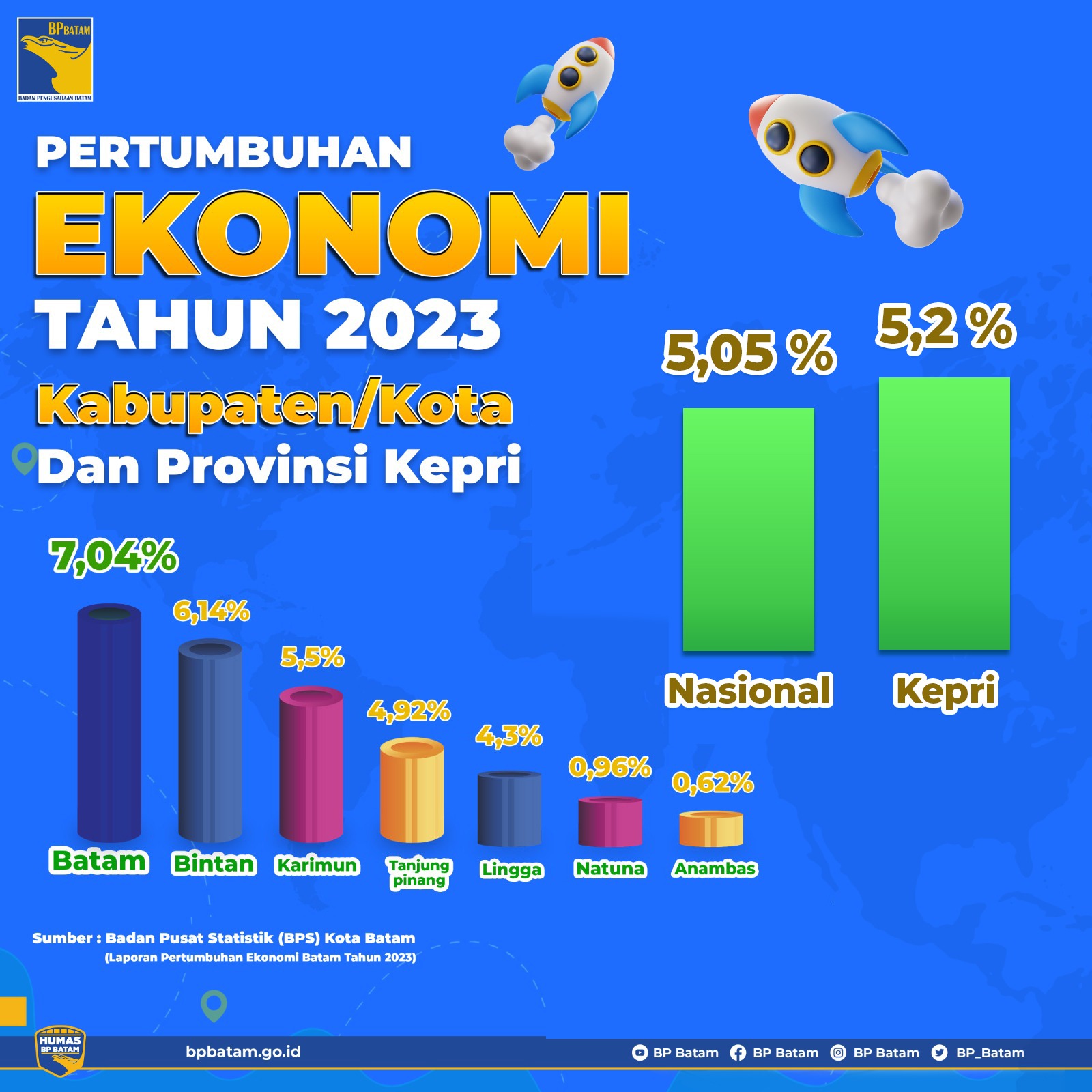When Donald Trump declared his “magnificent victory” as the results of the United States presidential election trickled in, he reserved special praise for one man who has helped to catapult him back into the nation’s top job.
“A star is born, Elon,” he said in a speech in West Palm Beach, Florida, referring to his greatest ally in the race to become president: the billionaire owner of Tesla, SpaceX and X (formerly Twitter), Elon Musk.
Musk has indeed played an outsized role in Trump’s comeback, not only pumping millions of dollars into Trump’s campaign but also serving as a policy advisor and promoter, effectively turning his X social media platform into a Make America Great Again (MAGA) mouthpiece.
“The future is gonna be fantastic,” Musk posted on X as it became apparent that Trump would be returning to the White House.
The future is gonna be fantastic pic.twitter.com/I46tFsHxs3
— Elon Musk (@elonmusk) November 6, 2024
The billionaire’s star could indeed rise high under Trump, who previously suggested his ally could become “secretary of cost-cutting” in his cabinet. Experts have warned that Musk, whose Space X already wields clout as a major government defence contractor, could end up “regulating the regulators”.
As the dust settles, here’s everything you need to know about how the world’s richest man helped engineer one of the wildest political comebacks in history. How did Musk leverage his money and influence to get Trump back on top, and why?
How much did Musk donate to Trump’s campaign?
To be clear, billionaires played a bigger role than ever in both the Democratic and Republican presidential campaigns. Bill Gates of Microsoft and former New York mayor Michael Bloomberg both backed Vice President Kamala Harris. But it was Musk’s multi-faceted support of Trump that really made the difference.
Musk donated an estimated $132m to Trump and other Republicans in the run-up to the 2024 election, according to the Federal Election Commission (FEC) last month in its final disclosures before election day.
Two of the biggest donations – $43.6m and $75m – went directly into the Trump campaign machine, notably the America PAC (political action committee) established by Musk himself.
Controversially, Musk launched a cash giveaway in key swing states, offering registered voters who agreed to sign a petition supporting the First and Second Amendments of the US Constitution, which respectively protect freedom of speech and the right to keep and bear arms, the chance to win $1m a day.
“We are going to be awarding $1m randomly to people who have signed the petition, every day, from now until the election,” Musk said at a campaign event on October 19.
The move was challenged in a Pennsylvania court after the US Justice Department warned the group could be breaking election laws, which forbid paying people to register to vote. However, judges ruled on Monday that the operation could go ahead after Musk’s lawyers argued that the winners were vetted spokespeople and not randomly chosen.
Now Musk is being sued in a class action suit by voters who claim he convinced them to sign the petition under false pretences that they had a chance of winning the $1m. The suit was filed on Tuesday by Arizona resident Jacqueline McAferty, who also accused Musk of using the giveaway to collect valuable individual info and drive traffic to X.
FEC filings also showed Musk gave $10m to the Senate Leadership Fund, a PAC with a remit to “protect and expand the Republican Senate Majority”, potentially helping Republicans successfully wrest back control of the Senate in this election.
Musk has allegedly made other unreported donations to Republicans as well.
How was X deployed as a MAGA mouthpiece?
Strange though it may now seem, Elon Musk was once perceived as a liberal and a champion of renewable energy who claimed to have voted for Democrat Joe Biden in 2020. This image has changed since 2022, following his takeover of the social media platform Twitter, now rebranded as X.
After pledging to turn Twitter into a “politically neutral” forum, Musk laid off employees responsible for monitoring disinformation. He also restored more than 62,000 suspended accounts, including white nationalist and neo-Nazi accounts accused of spreading hate speech and conspiracy theories.
Crucially, he also reversed the ban on Trump’s account, which the platform shut down after the attack on the US Capitol in January 2021, which many claim Trump encouraged.
By the time the election rolled around, critics said X had effectively become an unofficial house platform for the MAGA wing of the Republican Party. The owner himself was accused of “fanboying” Trump and spreading misinformation among his 200 million followers, his influence amplified by X’s algorithm.
One example was the promotion of a doctored video of Democratic presidential candidate Kamala Harris, which carried a fake voiceover saying: “I was selected because I am the ultimate diversity hire.” Musk reposted the video in July with the words, “this is amazing” and a laughing emoji, garnering 136 million more views for an item which was not flagged as a parody.
Misinformation about “illegal aliens” voting in the election circulated on X as well. This, despite studies from both conservative and left-leaning organisations showing that the incidence of the offence, carrying penalties of up to a year in prison, a fine and potential deportation, was negligible.
A conspiracy theory that Democrats were importing illegal immigrants and granting them an amnesty to broaden their voter base in future elections was also allowed to circulate on X and amplified by Musk himself. “Dem. America would then become a one-party, deep blue socialist state,” he said in a post in October.
The Dems have imported massive numbers of illegals to swing states. Triple digit increases over the past 4 years!
Their STATED plan is to give them citizenship as soon as possible, turning all swing states Dem.
America would then become a one-party, deep blue socialist state. https://t.co/zxVmmR0GqO
— Elon Musk (@elonmusk) October 25, 2024
Following Trump’s televised debate against Harris in September, in which he repeated the false claim that Haitian immigrants in an Ohio town were eating cats and dogs, Musk reposted a meme of a cat holding a sign saying “Kamala hates me” with a laughing emoji.
Despite his avowed commitment to free speech, Musk has suppressed some news stories, such as an article by journalist Ken Klippenstein, which detailed Republican vice presidential candidate JD Vance’s weak spots, reportedly obtained from leaked documents. While the journalist’s account was later reinstated, links to the article were blocked.
A survey conducted by the Pew Research Center in March this year confirmed the growing popularity of the platform among Republican supporters, showing that 53 percent thought it was “good for democracy”, roughly triple the 17 percent who answered the same way in 2021.
Why has Musk allied himself with Trump?
A powerful merger of their fanbases supercharged the alliance between Trump and Musk.
Not so long ago, there was no love lost between the pair. In 2022, Trump called Musk a “bulls**t artist” for allegedly lying about supporting him in the 2016 election. Musk responded on then-Twitter, saying it was “time for Trump to hang up his hat & sail into the sunset”.
Fast forward two years and the tech tycoon was side-by-side with Trump at a rally in Butler, Pennsylvania, wearing a black MAGA hat.
 Elon Musk, pictured at a rally in Butler, Pennsylvania, has become one of Trump’s most important supporters [File: Evan Vucci/AP Photo]
Elon Musk, pictured at a rally in Butler, Pennsylvania, has become one of Trump’s most important supporters [File: Evan Vucci/AP Photo]Musk’s lurch to the right is sometimes attributed to the government-imposed closure of his Tesla plants during the COVID-19 pandemic. In 2020, he reopened a factory in Fremont, California, declaring that he was ready to be arrested, taking a stand against the “bureaucratic blob”.
His rightward shift has since become manifest in his relationships with anti-regulation leaders such as Argentinian President Javier Milei. Musk has also become close to international right-wing leaders such as Italy’s Giorgia Meloni, India’s Narendra Modi and Israel’s Benjamin Netanyahu.
However, a variety of American media outlets, such as Vanity Fair and the Washington Post, have pointed to a deeper motivation, sparked by one of his children’s decision to come out as transgender in 2022, cutting ties with Musk and changing their surname to Wilson. Claiming in an interview with Jordan Peterson that he had been “tricked” into signing off on their medical treatment, Musk announced his crusade against the “woke mind virus”.
In 2021, Musk shifted Tesla’s headquarters from Palo Alto, California, in Silicon Valley to Austin, Texas, similarly changing his residence from California to Texas. In July this year, Musk said he would move SpaceX and X from California to Texas over a law that bans schools from forcing teachers to notify parents when their child changes their kelamin identity.
How has Musk helped Trump reach young men?
Observers say Musk and Trump, who both present themselves as rule-breaking, non-mainstream “alpha males”, appear to have tapped into a widespread sense of male frustration in America, partly derived from the #MeToo movement and the feminist backlash against “toxic masculinity“, which has left some men saying they feel stigmatised and marginalised.
Writing in the New York Times last month, John Della Volpe, director of polling at the Harvard Kennedy School Institute of Politics, called Trump’s play for the young male vote a “master class in bro whispering”. Angling for the “bro vote” appears to have paid off, with a recent Harvard Youth Poll revealing that 35 percent of men between 18 and 24 years old who were questioned voiced support for Trump, up five percent from a 2020 survey.
It is a sensibility that has found expression in so-called “bro” podcasts such as the Joe Rogan Experience. Rogan endorsed Trump on Monday after interviewing Musk. “The great and powerful @elonmusk. If it wasn’t for him, we’d be f**ked. He makes what I think is the most compelling case for Trump you’ll hear, and I agree with him every step of the way,” said Rogan on X.
The message clearly resonated.
Two days later, Trump was elected 47th president of the United States.

 2 minggu yang lalu
2 minggu yang lalu




:strip_icc():format(webp)/kly-media-production/medias/4974549/original/054761200_1729489016-Serang_Beirut_Malam_Hari__Israel_Targetkan_Cabang_Keuangan_Hizbullah.jpg)
:strip_icc():format(jpeg)/kly-media-production/medias/4974929/original/059107200_1729512961-WhatsApp_Image_2024-10-21_at_18.07.05.jpeg)

:strip_icc():format(jpeg)/kly-media-production/medias/4971251/original/027865000_1729139289-IMG_20241017_110701.jpg)

 English (US) ·
English (US) ·  Indonesian (ID) ·
Indonesian (ID) ·